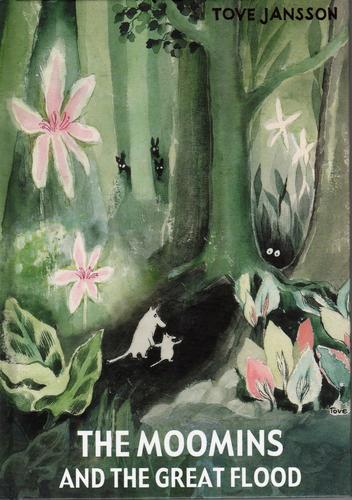mouse started reading The Everlasting by Alix E. Harrow

The Everlasting by Alix E. Harrow
From Alix E. Harrow, the New York Times bestselling author of Starling House, comes a moving and genre-defying quest about …
it's me, I'm the creator and admin of BookWyrm. Buy me a book
try me at @tripofmice@friend.camp for non-reading content and @bookwyrm@tech.lgbt for technical stuff
This link opens in a pop-up window
Success! mouse has read 53 of 52 books.

From Alix E. Harrow, the New York Times bestselling author of Starling House, comes a moving and genre-defying quest about …
@Sasu@bookrastinating.com Nice, these all look like lovely, sensible recipes that would actually produce a cake.
@Paranoid-Fish Thank you! I don't think it's supposed to be like a Französische Apfeltarte (based on the pictures of them I see). I'm not an expert on German baking but when I've been in Germany the cake has always been incredible so I'm fully blaming the recipe/maybe my oven and not Apfelkuchen
@Paranoid-Fish Thank you! I don't think it's supposed to be like a Französische Apfeltarte (based on the pictures of them I see). I'm not an expert on German baking but when I've been in Germany the cake has always been incredible so I'm fully blaming the recipe/maybe my oven and not Apfelkuchen
Apfelkuchen was not a success. It would be fascinating to know what the intended result was! But there was no picture. What I got was a thin crusty layer, some goo, and dried out apple chunks on top. I found a food blogger who made it and seemed happy with it but hers looked the same as mine (bad).
It does actually taste pretty good, but that's because sugary baked apples with lemon zest are good even when there's some goo.
Apfelkuchen was not a success. It would be fascinating to know what the intended result was! But there was no picture. What I got was a thin crusty layer, some goo, and dried out apple chunks on top. I found a food blogger who made it and seemed happy with it but hers looked the same as mine (bad).
It does actually taste pretty good, but that's because sugary baked apples with lemon zest are good even when there's some goo.
@jedes_jahr_ein_neues_protokoll@troet.cafe well, "Iced Spice Cookies," page 228 should answer that. And no, there's not a picture.
@jedes_jahr_ein_neues_protokoll@troet.cafe well, "Iced Spice Cookies," page 228 should answer that. And no, there's not a picture.
@ejnro@books.babb.no Oh interesting! I didn’t realize it wasn’t originally English-languages originally. The copy before the recipes is kind of odd and it makes sense that it might be a bit of an awkward translation
Fun to look through! I tried the puff pastry recipe and it worked just fine, but it could have been written more clearly -- I found it a puzzle to figure out how many turns you were meant to do. And the photographs along side it showed a different (but ultimately interchangeable) encasing technique than the text describes. I'll probably try a hot water crust recipe before it goes back to the library.
Fun to look through! I tried the puff pastry recipe and it worked just fine, but it could have been written more clearly -- I found it a puzzle to figure out how many turns you were meant to do. And the photographs along side it showed a different (but ultimately interchangeable) encasing technique than the text describes. I'll probably try a hot water crust recipe before it goes back to the library.

The Moomins and the Great Flood is the first book about the Moomins, originally published in 1945. It´s the story …

From the breakout SFF superstar author of Murderbot comes the remarkable sequel to the USA Today and Sunday Times bestselling …